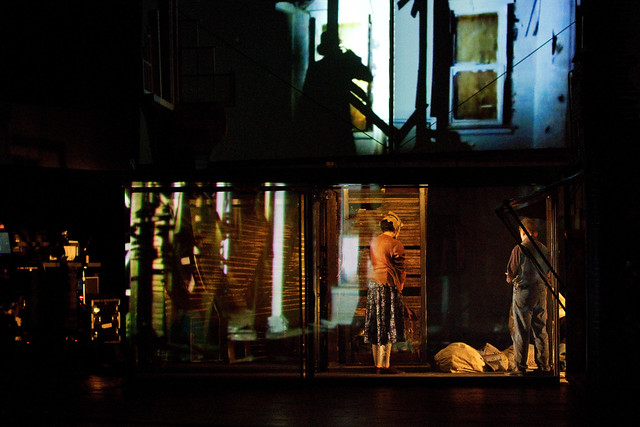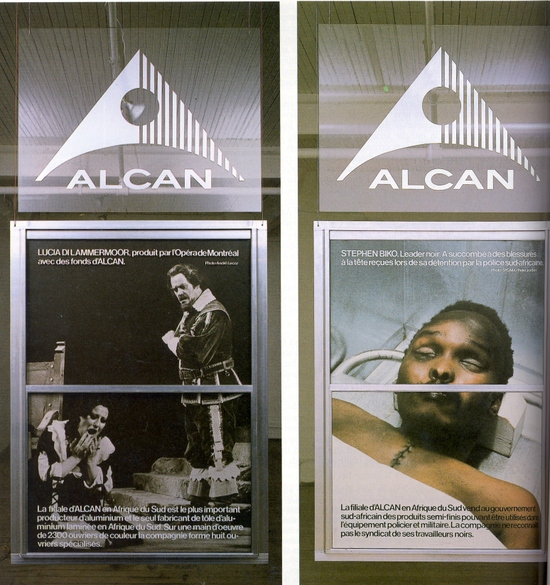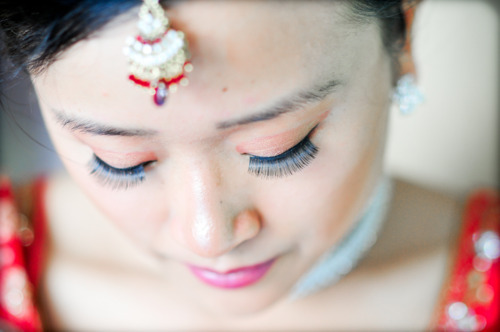I have always been fascinated by Japan and its cultures: its exquisite dishes, religious practices, environment, flowers, buildings (temples), technology (animations), and art (manga). This project was inspired by the torii I saw earlier this year in Brooklyn Botanic Garden. A torii, as many might have known by now, is a traditional gate standing at the entrance to a Shinto shrine. Hence, it is the mark of the entrance to a sacred place and holds a special place in Japanese culture. With my collage project, I thought it would appropriate to use the idea of “entrance” as evoked by the torii and applied it as the “entrance” to more than just Japanese Shrines but to the Japanese Culture as a whole.
Playing off the theme of Japanese culture and idea of entrance, the torii stands in the center acting as the gate. And of course, the Japanese flag—the rising sun—is placed directly on top of everything, indicating that everything below is a portion of Japan. On the sides of the flag are koinobori, a paper kite of a koi fish. They give Japan a lively feel as shown through their movements. Then I thought the first thing anyone who visits Japan would do is to try out its great variety of food. Hence, inside the gates of the torii are popular food that can be found in Japan, ranging from sushi, udon, sashimi, tea, tempura, pocky, to things found in vending machines. Why vending machines? It is because vending machines are everywhere in Japan. It sells not only drinks and food but also (and not limited to) clothing and underwear.
Immediately under the Japanese flag are Hatsune Miku and Megurine Luka, two Vocaloids that are currently internationally famous (Miku is much more well-known compare to Luka though). In a matter of a few years after the release of the Vocaloid program of Hatsune Miku, it has become a widespread phenomenon. Everyone in Japan knows Hatsune Miku. She is not only a virtual idol but also the epitome and representation of creativity in Japan. Hence, I naturally thought it would be a great idea to put them under the Japanese flag to indicate Japan’s progress as well as introduce everyone to Vocaloid.
To the right of the torii is a beautiful Japanese garden with a drawing of a tokugawa shogunate and cherry blossom edited in. Originally, Japanese gardens are created to represent an ideal and aesthetic environment that the emperors and nobles use for pleasure. Therefore, I thought it would be appropriate to imagine a shogunate sitting in the garden enjoying the view and sightseeing cherry blossoms (although cherry blossoms are not usually planted near ponds). Monks also use the Japanese garden, but as a place of meditation. Instead of monks, I thought placing a few Miko (Shrine Maidens) there would look much better. Since both Miko and monks are servants of shrines or temples, the substitution isn’t too illogical.
Since I’ve include a building in the garden, one might wonder about the appearances within Japanese homes. Above the garden on the right is what inside of a Japanese room looks (although many in cities are modernized to have a more western look). Instead of elevated beds, traditional Japanese beds called futon are on the floor.
On the left of the torii is actually a variety of things that Japan is known for, other than its food and garden and shrine-related subjects. On the bottom left is a set of actors dressing up as Shinsengumi members. Above them to the left is a drawing of one of the leaders of the Shinsengumi group, Hijikata Toshizou, and to the right of that is a cosplayer dressing up as Hajime Saito (also a member of Shinsengumi). The history of Shinsengumi goes back to the end of Edo period; the group known as Shinsengumi was formed to maintain the Japanese tradition and samurai code (bushido). They fought bravely to their bitter end. Their efforts, however, was recognized and honored much later after their defeat. Nowadays, the group became a symbol in Japanese’s pop culture. And so, I include and position the different forms of Shinsengumi to show the influences on modern Japan culture. One of which is a movie, another is a TV anime series (art), and the last is cosplay. Next to the famous Shinsengumi group are Cloud from the internationally popular game Final Fantasy and a full-scale figure of the Gundam RX-78-2 (still standing today in Odaiba, Japan). Further up those on the left are Japanese brands that many of us would recognize, such as Nintendo, Uniqlo, Panasonic, Sony, and Toyota.
Since Japan’s international involvement, its cultural has integrated, modernized, and evolved away from its tradition. Hence, to know Japan, I introduced one the old and new culture that Japan endorses. The old being the traditional rituals, food and clothing, and the new being the rising popularity of anime, cosplay and collectable figures (of various sizes). The end result was like a poster or travel guide that unifies many diverse photos representing different aspects of Japan by blending them together, hence, creating a dynamic overall feel.
Initially, I had thoughts of creating a 3D collage by taping or gluing photographs into a torii to make it symbolize more than its traditional function as the gate to a Japanese shrine—it would be the gate into Japanese culture. It seemed like a wonderful way to visually represent that theme because the product would actually look like a gate. The downside to that would be the incredible amount of color ink I must use even if I did shrink the photos. I had over thirty photos, each representing some aspects of Japan (although some photos repeat the same aspect a bit differently). I didn’t own a printer and knew no one who had that much spare color ink. And so, when I started digitally using Photoshop to make a 2D collage image with torii as a base, I realized that it was much more advantageous to stick with it. First, Photoshop was very flexible in that I could change the orders of my photographs however I wanted. Second, it would save a lot of ink. And finally, it wouldn’t be as messy as a 3D model when the time comes for me to glue the photos onto it. I could blend the photos together without much trouble using the magic wand tool, feather tool, eraser, and drop shadow (for layer style). That way, the overall final image looked very clean instead of the roughness compared to a 3D model. The only negative of a digital collage, for me, would be that it wouldn’t illustrate the concept of a gateway (literally) as well as a 3D model would. However, the benefits supplemented for the detriment, which was why I decided to stay with a 2D collage.
Using the digital platform, I was able to organize the photos that I wanted easier because I could pick which photos I wanted and which I didn’t want to use without having to waste materials if it was printed. Additionally, it was much easier to move photos, figure out and execute on a design for the collage. By doing this project digitally, I was able to focus on the details and layout, thus exploring Japan digitally as I had been doing bit by bit over the years. I was able to remember much more of the traditional practices and icons of the Japanese culture because I had to refer to it again and again when I was cropping, resizing, and moving photos. This project certainly helped solidified my understanding of Japan. Just the pleasant immersion to it further encouraged me to visit Japan one day to see its beauty with my own eyes. And with it, I hope you would too.

















































